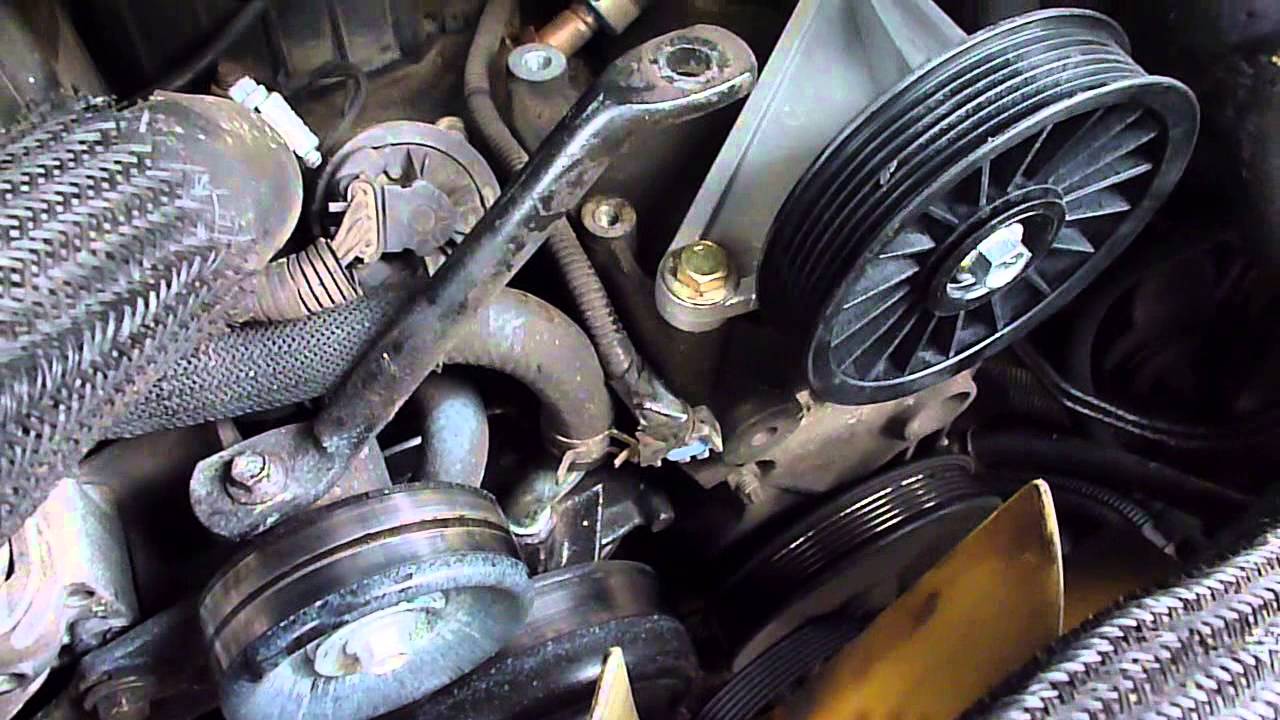

Articles
How To Bypass AC Compressor Pulley
Modified: April 23, 2024
Learn how to bypass the AC compressor pulley in this informative article. Discover useful tips and tricks to save time and money on your car repairs.
(Many of the links in this article redirect to a specific reviewed product. Your purchase of these products through affiliate links helps to generate commission for Storables.com, at no extra cost. Learn more)
Introduction
The AC compressor pulley plays a crucial role in the functioning of the air conditioning system in your vehicle.
However, there may be instances where the pulley becomes damaged or malfunctions, causing the AC compressor to stop working.
This can be a frustrating problem, especially during the hot summer months.
One possible solution to this issue is bypassing the AC compressor pulley altogether.
In this article, we will guide you through the process of bypassing the AC compressor pulley and enable your vehicle’s air conditioning system to operate without it.
Bypassing the AC compressor pulley is a fairly straightforward process, but it requires some knowledge of automotive systems and mechanical skills.
It is important to note that bypassing the AC compressor pulley should only be considered as a temporary solution, as it is an essential component of the air conditioning system.
We recommend seeking professional help to properly diagnose and repair the AC compressor pulley if you are uncertain about performing the bypass yourself.
Throughout this article, we will provide a step-by-step guide on how to bypass the AC compressor pulley, as well as the tools and materials required for the job.
Additionally, we will discuss the reasons why you might consider bypassing the pulley and the safety precautions to take during the process.
So, if you’re tired of sweating in your vehicle without a working AC, let’s dive into the details of bypassing the AC compressor pulley and get your air conditioning system back up and running.
Key Takeaways:
- Bypassing the AC compressor pulley can be a cost-effective and straightforward temporary solution for restoring your vehicle’s air conditioning system, especially in emergency situations or when replacement parts are inaccessible.
- Prioritizing safety, following a step-by-step guide, and consulting professional help when needed are crucial for successfully bypassing the AC compressor pulley and ensuring the long-term reliability of your vehicle’s air conditioning system.
Read more: How To Change AC Compressor
Overview of AC Compressor Pulley
The AC compressor pulley is a vital component of the air conditioning system in a vehicle. It is responsible for transferring power from the engine to the air conditioning compressor, which pressurizes and circulates refrigerant throughout the system.
The pulley is mounted on the front of the AC compressor and is driven by a belt connected to the engine’s crankshaft. As the engine rotates, the belt rotates the pulley, causing the AC compressor to engage and function.
The pulley itself consists of two main parts: the outer pulley and the center hub. The outer pulley has a series of grooves that match the belt’s ribs, ensuring a secure connection. The center hub is the central component that connects the pulley to the compressor shaft.
Inside the AC compressor pulley, there are bearings that allow the pulley to rotate smoothly. Over time, these bearings can wear out, leading to noise or a malfunctioning pulley. Damaged bearings can cause the pulley to seize or become misaligned, resulting in a non-functioning AC compressor.
When the AC compressor pulley fails, it can have various consequences. Firstly, the air conditioning system will no longer provide cold air, leaving the interior of the vehicle hot and uncomfortable. Additionally, a malfunctioning pulley can place excessive strain on the engine’s belt, leading to premature wear and potential belt failure.
In some cases, replacing the AC compressor pulley or the entire compressor may be the best solution. However, if you are looking for a temporary fix or if the replacement parts are not readily available, bypassing the pulley can be a viable alternative. Bypassing the pulley means eliminating the need for the pulley to operate the compressor and restoring the functionality of the air conditioning system.
Now that we have a better understanding of the AC compressor pulley and its role in the air conditioning system, let’s explore the reasons why bypassing the pulley might be necessary.
Reasons to Bypass AC Compressor Pulley
Bypassing the AC compressor pulley is not a permanent solution but can be a viable option in certain situations. Here are a few reasons why you might consider bypassing the AC compressor pulley:
- Cost: If the AC compressor pulley has failed, replacing the entire compressor can be costly. Bypassing the pulley can provide a temporary solution, allowing you to restore the functionality of the air conditioning system without incurring significant expenses.
- Inaccessibility of Replacement Parts: Sometimes, finding the exact replacement parts for the AC compressor pulley may be challenging, especially for older or less common vehicle models. Bypassing the pulley allows you to bypass the need for specific parts and continue using your air conditioning system until replacement parts become available.
- Emergency Situations: If you find yourself in a situation where your AC compressor pulley fails, and you need immediate relief from the heat, bypassing the pulley can quickly get your air conditioning system working again. It offers a temporary fix until you can address the underlying issue.
- Simplicity: Bypassing the AC compressor pulley is a relatively straightforward process that requires fewer steps compared to replacing or repairing the pulley. This simplicity can make it an attractive option for DIY enthusiasts or those with limited mechanical expertise.
- Temporary Fix: Bypassing the AC compressor pulley should be considered a temporary solution. It allows you to continue using your vehicle’s air conditioning system until you can address the pulley issue properly. However, it is essential to keep in mind that a bypassed pulley will not provide the same level of cooling efficiency as a properly functioning pulley.
It is important to note that bypassing the AC compressor pulley should only be done when absolutely necessary and as a temporary measure. Consulting with a professional mechanic or seeking a proper repair solution is always recommended to ensure the long-term reliability and efficiency of your vehicle’s air conditioning system.
Now that we understand why bypassing the AC compressor pulley may be beneficial in certain scenarios, let’s move on to the tools and materials you’ll need for the job.
Tools and Materials Required
Before you begin the process of bypassing the AC compressor pulley, make sure you have the necessary tools and materials on hand. Here’s a list of what you’ll need:
- Serpentine Belt: You will need a new serpentine belt that is compatible with your vehicle’s engine configuration. Take note of the specific belt size and type required for your vehicle. Refer to your vehicle’s manual or consult a trusted automotive resource to ensure you choose the correct serpentine belt.
- Socket Set: A socket set with various socket sizes will be necessary to remove and install bolts and nuts during the process. Make sure the set includes the appropriate size for your vehicle’s specific needs.
- Wrench Set: A set of wrenches, including both open-end and closed-end wrenches, will be needed to loosen and tighten bolts and fittings. Different sizes will be required depending on your vehicle’s specifications.
- Tensioner Tool: Some vehicle models require a tensioner tool to relieve tension on the serpentine belt during the installation process. Check your vehicle’s manual to determine if this tool is necessary.
- Protective Gloves: As with any automotive project, it is essential to protect your hands with a pair of protective gloves to prevent injury and maintain a proper grip on tools and components.
- Safety Glasses: Eye protection is crucial when working on your vehicle. Wear safety glasses to shield your eyes from debris or any potential hazards that may arise during the process.
- Owner’s Manual: Your vehicle’s owner’s manual is a valuable resource that provides specific instructions and details related to your vehicle’s components and maintenance procedures. Refer to it throughout the process to ensure accuracy and safety.
Having these tools and materials ready before you start bypassing the AC compressor pulley will help you complete the job efficiently and effectively. Double-check that you have everything you need to avoid any unnecessary delays or complications during the process.
Next, we will provide a step-by-step guide to bypassing the AC compressor pulley, ensuring that you are well-prepared to take on the task.
Step-by-Step Guide to Bypass AC Compressor Pulley
Bypassing the AC compressor pulley requires precision and careful execution. Follow these step-by-step instructions to successfully bypass the AC compressor pulley in your vehicle:
- Prepare the Vehicle: Park your vehicle on a flat surface and engage the parking brake. Ensure the engine is turned off and has cooled down before proceeding.
- Identify the AC Compressor Pulley: Locate the AC compressor pulley. It is typically located at the front of the engine and connected to the serpentine belt system. The pulley will have grooves that match the belt ribs.
- Identify and Remove the Serpentine Belt: Locate the belt routing diagram, either on the inside of the engine bay or in the vehicle’s manual. Use the diagram to identify the path of the serpentine belt and the components it interacts with. Use a socket wrench or tensioner tool to relieve tension on the belt and remove it from the AC compressor pulley.
- Bypass the AC Compressor: Install the new serpentine belt, ensuring it follows the same routing path as the previous belt but bypasses the AC compressor pulley. Make sure the belt is properly aligned and seated in all other pulleys and components.
- Inspect and Test: After installing the new belt, visually inspect it to ensure it is properly aligned and tensioned. Test the functionality of the air conditioning system to ensure it operates without the AC compressor pulley engaged. Listen for any unusual sounds or vibrations and address them promptly if necessary.
- Double-Check the Installation: Check all connections, bolts, and fittings to ensure they are secure. Verify that the new belt is correctly positioned and tensioned. Refer to your vehicle’s manual for any specific torque requirements.
- Dispose of the Old Belt: Properly dispose of the old serpentine belt in an environmentally responsible manner.
It is important to note that bypassing the AC compressor pulley means the compressor will not engage, resulting in reduced cooling efficiency. As a temporary solution, this method allows you to operate the air conditioning system until the pulley issue can be properly addressed. It is always recommended to consult with a professional mechanic to determine the best course of action for long-term reliability.
Remember, if you are unsure about any step or encounter any difficulties during the process, do not hesitate to seek the assistance of a professional or consult your vehicle’s manual for further guidance.
Now that you have successfully bypassed the AC compressor pulley, keep in mind the safety precautions outlined in the next section to ensure a safe working environment.
When bypassing the AC compressor pulley, make sure to use a shorter belt that will still fit properly and route around the other pulleys. Double check the routing to ensure proper tension and alignment.
Read more: How To Test An AC Compressor
Safety Precautions
When bypassing the AC compressor pulley, it is important to prioritize safety to prevent any accidents or injuries. Here are some crucial safety precautions to keep in mind throughout the process:
- Protective Gear: Wear protective gloves and safety glasses to safeguard your hands and eyes. This will help prevent injuries from sharp edges, debris, or any potential fluids that may come in contact with your skin or eyes.
- Engine Cooling: Always ensure that the engine has cooled down completely before starting any work. Hot engine components can cause burns or other injuries.
- Vehicle Stability: Park your vehicle on a flat surface and engage the parking brake to prevent any movement during the process. This will ensure stability and minimize the risk of accidents.
- Proper Disconnection: Before removing any components or interacting with the serpentine belt, ensure that the engine is turned off. This will prevent any accidental activation of moving parts, reducing the risk of injury.
- Follow Instructions: Stick to the step-by-step guide provided in this article and follow the instructions outlined in your vehicle’s manual. Deviating from the recommended procedures may result in damage to your vehicle or personal harm.
- Double-Check Connections: After completing the bypass process, double-check all connections, bolts, and fittings to ensure they are properly tightened. This will prevent any components from coming loose while driving, which could lead to potential hazards.
- Be Mindful of Moving Parts: When working in the engine bay, be cautious of rotating or moving parts. Keep your hands and tools away from belts, pulleys, and other components in motion to avoid any accidents or injuries.
- Dispose of Waste Properly: Dispose of old belts, packaging, and any other waste materials in accordance with local regulations. This helps protect the environment and prevents any potential harm.
- Seek Professional Help if Unsure: If you are not confident in your ability to safely bypass the AC compressor pulley, it is always recommended to seek the assistance of a professional mechanic. They have the expertise and tools to perform the job safely and accurately.
Following these safety precautions will help ensure your well-being and the successful completion of the bypass process. Remember, safety should always be a top priority whenever working on your vehicle.
Now that you are aware of the safety measures to take, let’s move on to troubleshooting common issues that may arise during the AC compressor pulley bypass process.
Troubleshooting Common Issues
While bypassing the AC compressor pulley is generally a straightforward process, there are a few common issues that may arise. Here are some troubleshooting steps to help you address these problems:
Issue: Belt Misalignment or Slippage:
If the new serpentine belt is not aligned properly or slips off while in use, it can result in reduced functionality of other components or the air conditioning system. Check that the belt is correctly routed and properly tensioned. Refer to the belt routing diagram in your vehicle’s manual to ensure accuracy. If the issue persists, it may be necessary to consult a professional mechanic to diagnose and resolve the problem.
Issue: Unusual Noises or Vibrations:
If you notice any unusual noises, vibrations, or rattling coming from the belt or pulleys after bypassing the AC compressor, it could indicate a problem. Double-check that all connections and bolts are secure. Ensure that the new belt is properly aligned and tensioned. If the issue persists, it is advisable to seek the assistance of a professional mechanic to inspect the system further.
Issue: Reduced Cooling Efficiency:
Bypassing the AC compressor pulley can result in reduced cooling efficiency as the compressor will not engage. This is a temporary solution and should be resolved by repairing or replacing the AC compressor pulley. If you are experiencing inadequate cooling performance, it is recommended to have a professional inspection to determine the root cause and proper resolution.
Issue: Difficulty Installing or Removing Belt:
If you encounter difficulty when installing or removing the serpentine belt, ensure that you are using the correct tools and following proper techniques. Utilize a tensioner tool or socket wrench to relieve tension on the belt during installation and removal. If you are still struggling, refer to your vehicle’s manual for specific instructions or consult a professional mechanic for assistance.
Issue: Persistent AC Compressor Problems:
Bypassing the AC compressor pulley enables you to operate the air conditioning system without engaging the compressor temporarily. However, if you continue to experience issues with the AC compressor or the pulley, it is recommended to seek professional help. A trained mechanic will be able to diagnose the problem accurately and provide appropriate repairs or replacement if necessary.
Remember that bypassing the AC compressor pulley is intended as a temporary solution. It is always advisable to consult with a professional mechanic for a comprehensive evaluation of your AC system and to determine the best course of action for long-term reliability.
Now that we have covered troubleshooting common issues, let’s conclude with a summary of the key points discussed in this article.
Conclusion
Bypassing the AC compressor pulley can provide a temporary solution to keep your vehicle’s air conditioning system functional when the pulley has failed or is inaccessible. While it is not recommended as a long-term fix, it can buy you time until you can properly address the issue.
In this article, we provided an overview of the AC compressor pulley’s role in the air conditioning system and discussed the reasons why bypassing the pulley might be necessary. We also outlined the tools and materials required for the job and provided a step-by-step guide to bypassing the AC compressor pulley safely.
We emphasized the importance of safety precautions throughout the process to prevent accidents or injuries. It is always essential to prioritize your well-being and consult a professional if you are unsure about any step or encounter difficulties during the process.
Additionally, we addressed common troubleshooting issues that may arise, such as belt misalignment, reduced cooling efficiency, or difficulty installing or removing the belt. It is crucial to address these issues promptly to ensure the proper functioning of your vehicle’s air conditioning system.
Keep in mind that bypassing the AC compressor pulley is a temporary solution and should not replace proper repair or replacement of the pulley or the entire compressor unit. Seeking professional help will ensure the long-term reliability and efficiency of your vehicle’s air conditioning system.
We hope this article has provided you with valuable insights into bypassing the AC compressor pulley and has helped you understand the necessary steps and precautions involved. Remember to always prioritize safety and consult a professional mechanic for any doubts or complex issues.
Now you have the knowledge to tackle the temporary bypass of the AC compressor pulley and keep your vehicle cool during those hot summer months. Stay cool and drive safely!
Additional Resources:
- AC Compressor Pulley Replacement Guide
- How to Properly Lubricate and Maintain AC Compressor Pulley
- Understanding the Components of the Air Conditioning System in Your Vehicle
Additional Resources
Here are some additional resources that can provide further information and guidance on the topic of bypassing the AC compressor pulley and maintaining your vehicle’s air conditioning system:
- AC Compressor Pulley Replacement Guide: This comprehensive guide provides detailed step-by-step instructions on how to replace the AC compressor pulley. It covers the necessary tools, safety precautions, and troubleshooting tips to ensure a successful replacement process.
- How to Properly Lubricate and Maintain AC Compressor Pulley: Learn about the importance of regular maintenance and proper lubrication to keep your AC compressor pulley in top condition. This resource offers insights into recommended lubricants, maintenance schedules, and signs of wear and tear to watch out for.
- Understanding the Components of the Air Conditioning System in Your Vehicle: Expand your knowledge of the various components involved in the air conditioning system of your vehicle. This resource provides an in-depth explanation of how each component works together to deliver cool air and offers tips for troubleshooting common AC system issues.
Taking the time to educate yourself on the functioning and maintenance of your vehicle’s air conditioning system can help you make informed decisions and ensure optimal performance. Remember to consult reliable sources, such as your vehicle’s manual or trusted automotive websites, for accurate and up-to-date information.
Keep in mind that while these additional resources can provide valuable insights, it is recommended to consult a professional mechanic for complex repairs or if you are unsure about performing any procedures on your own. Their expertise and experience will ensure the proper diagnosis and resolution of any issues with your AC compressor pulley or air conditioning system.
With the knowledge gained from this article and the additional resources, you are well-equipped to address AC compressor pulley bypassing and maintenance. Drive comfortably and enjoy the cool breeze during your journeys!
Frequently Asked Questions about How To Bypass AC Compressor Pulley
Was this page helpful?
At Storables.com, we guarantee accurate and reliable information. Our content, validated by Expert Board Contributors, is crafted following stringent Editorial Policies. We're committed to providing you with well-researched, expert-backed insights for all your informational needs.
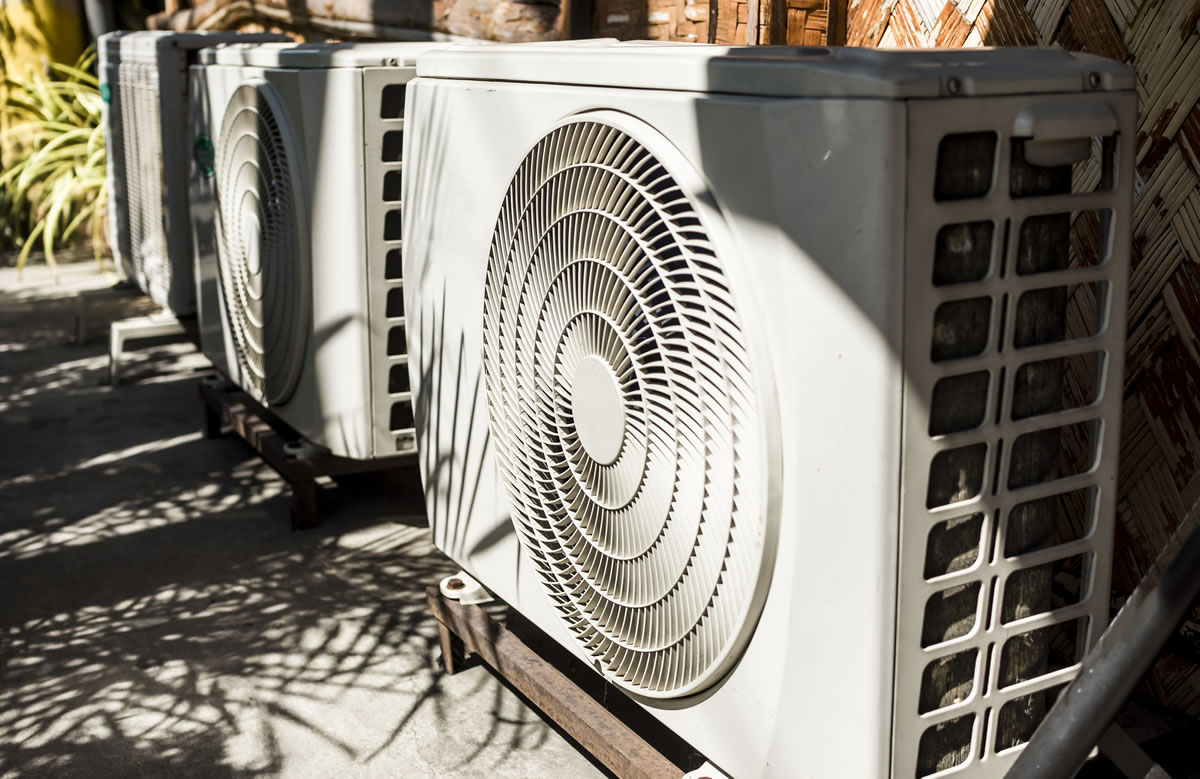
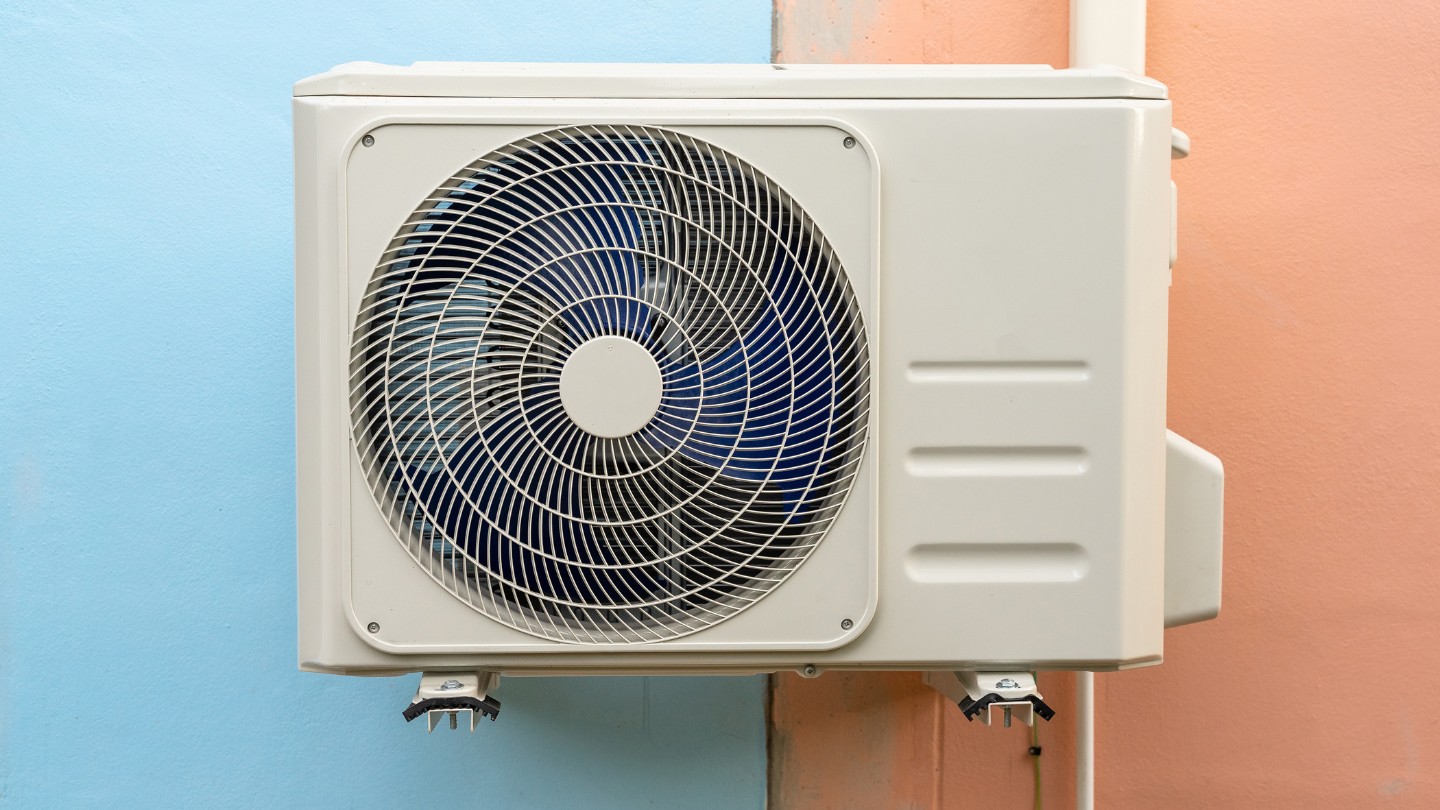
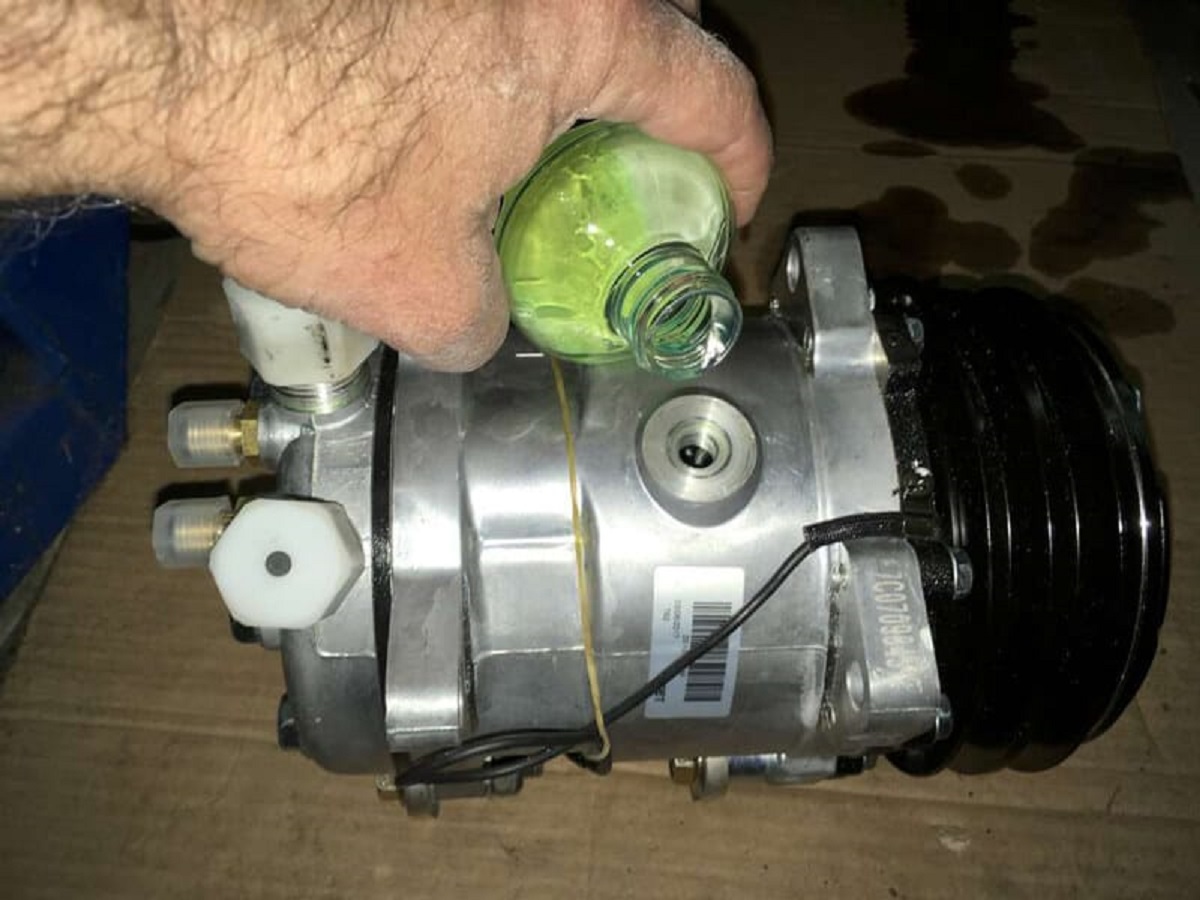
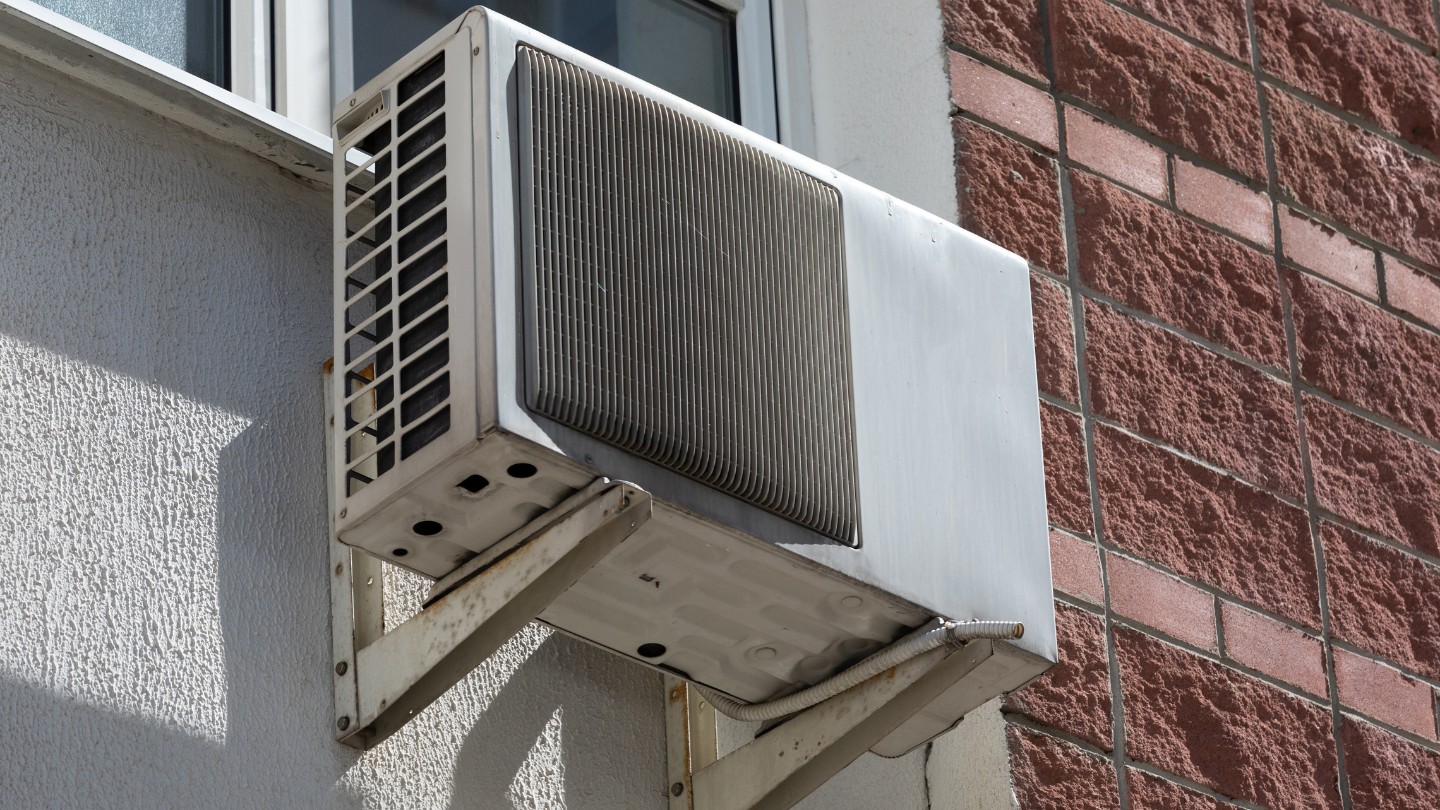
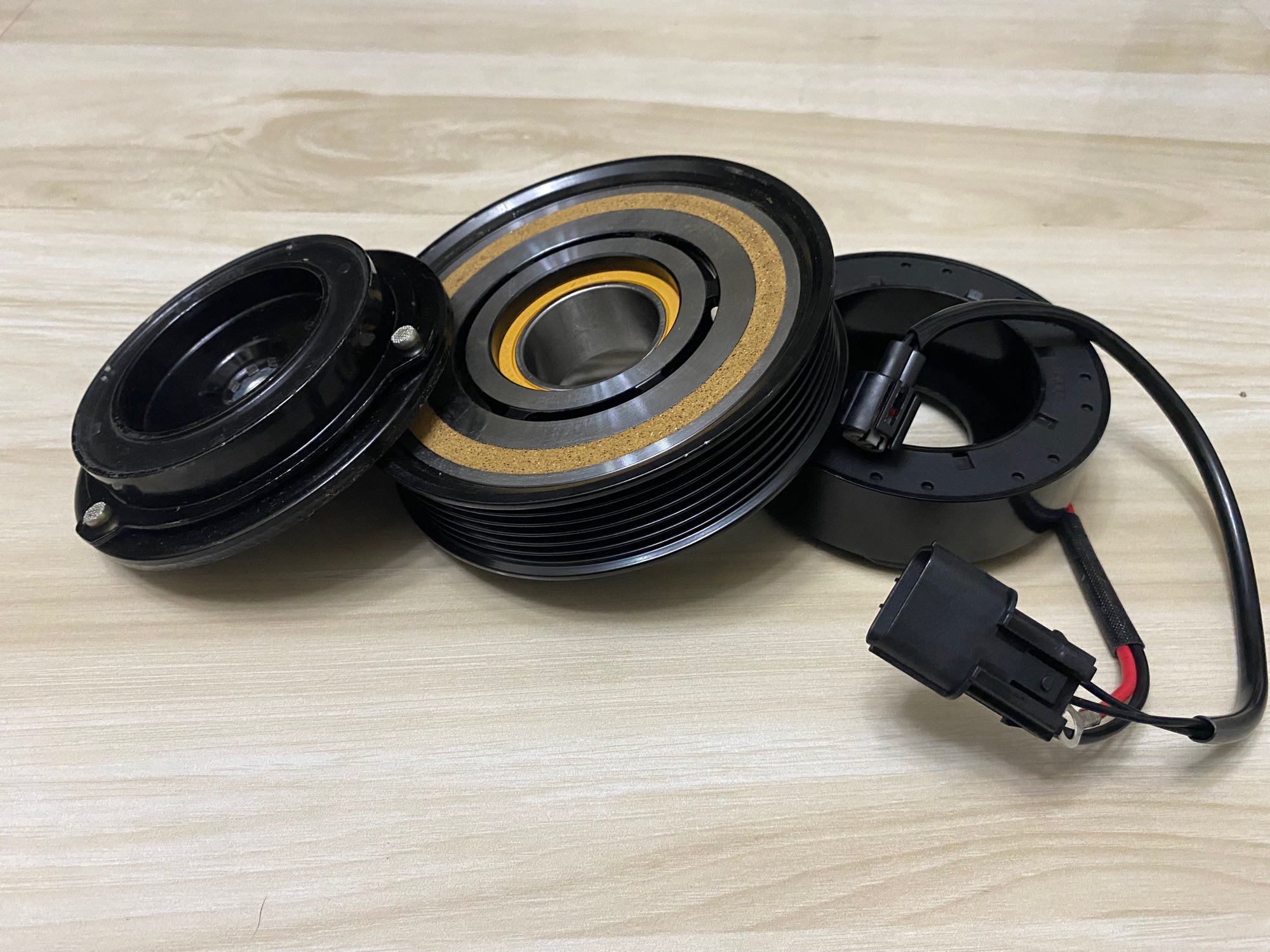
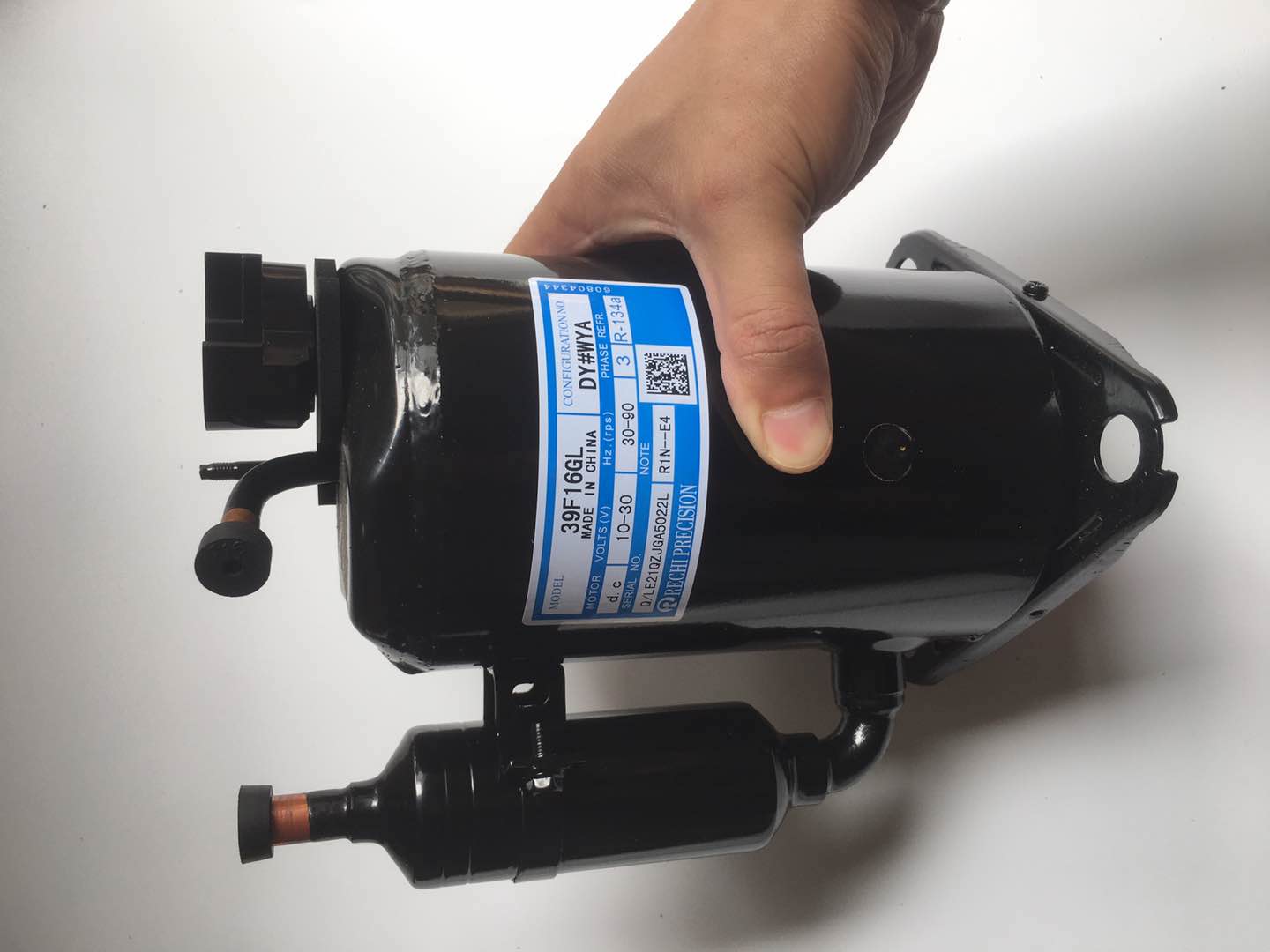
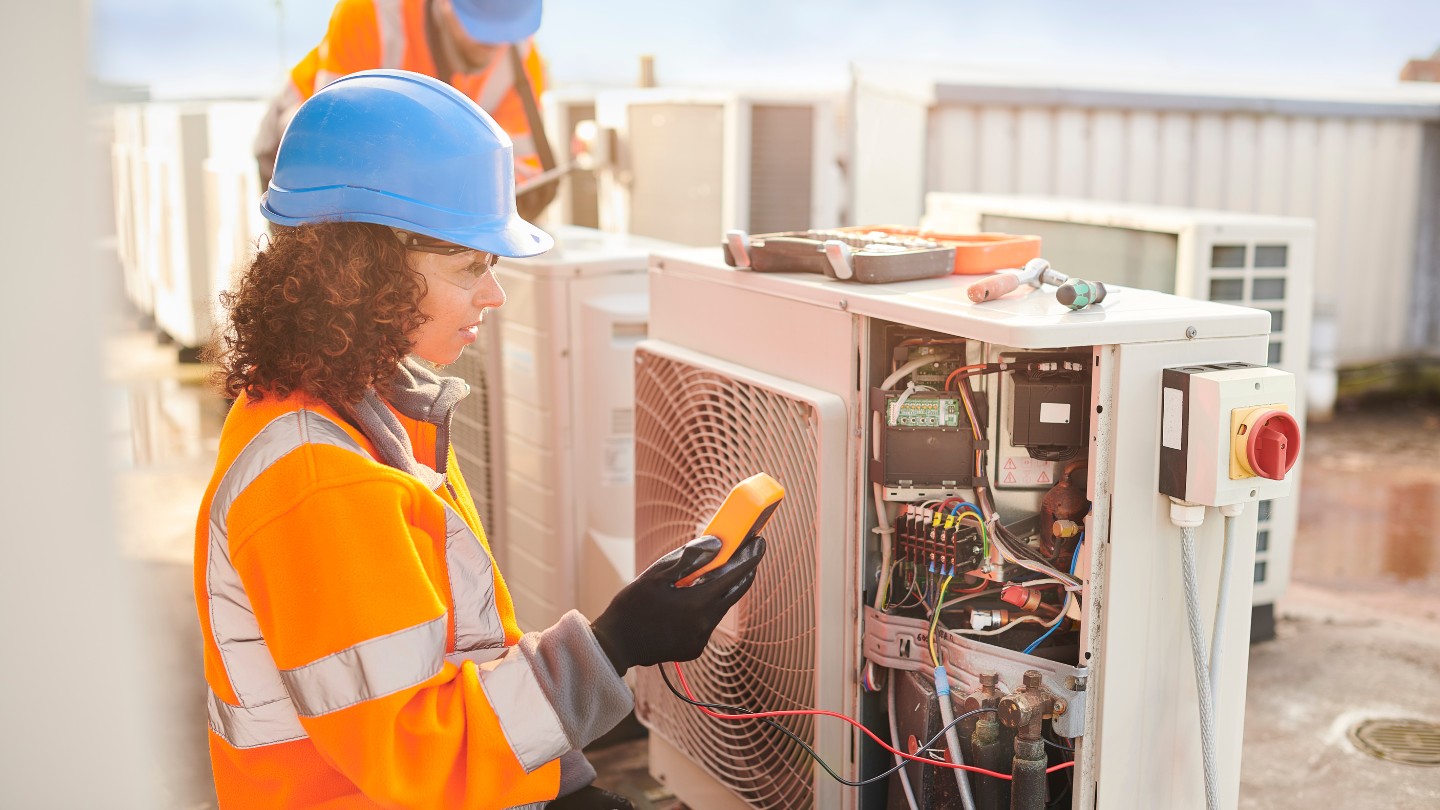
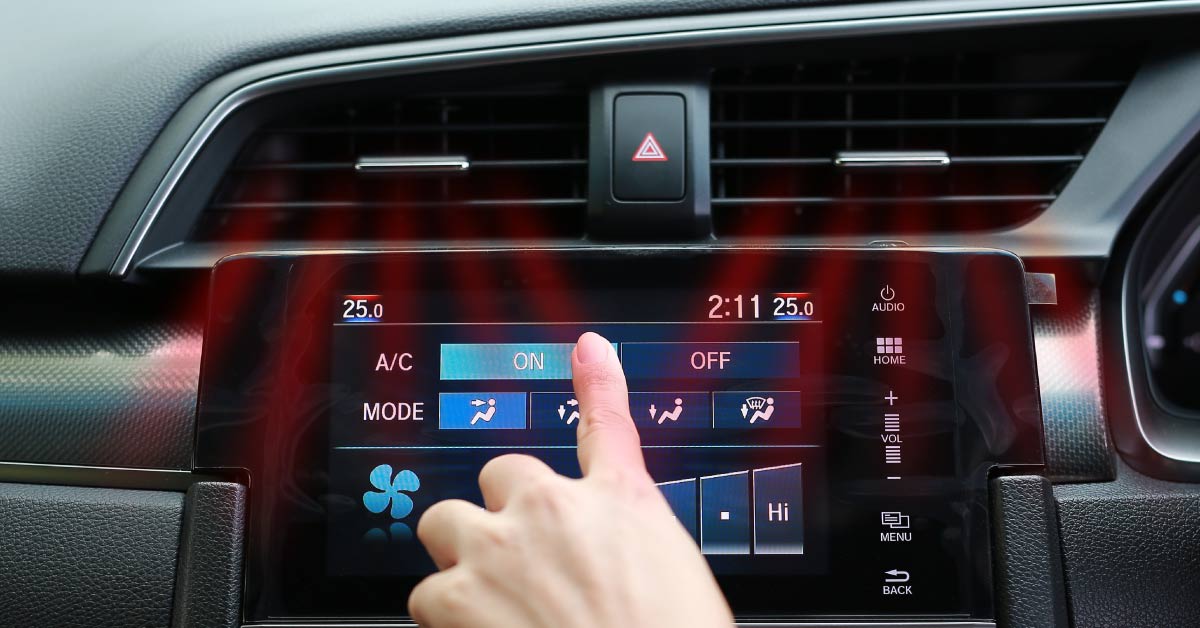
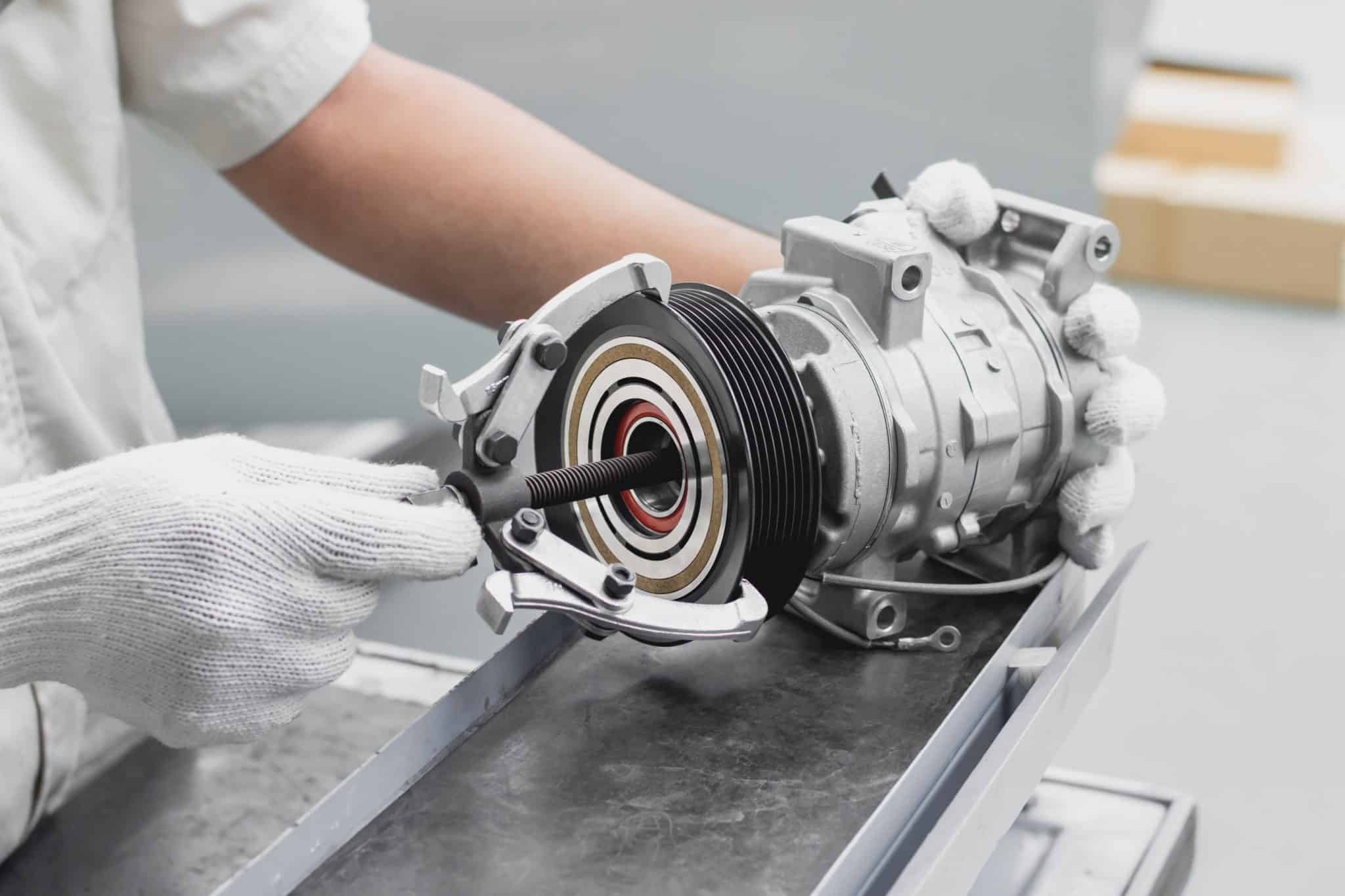
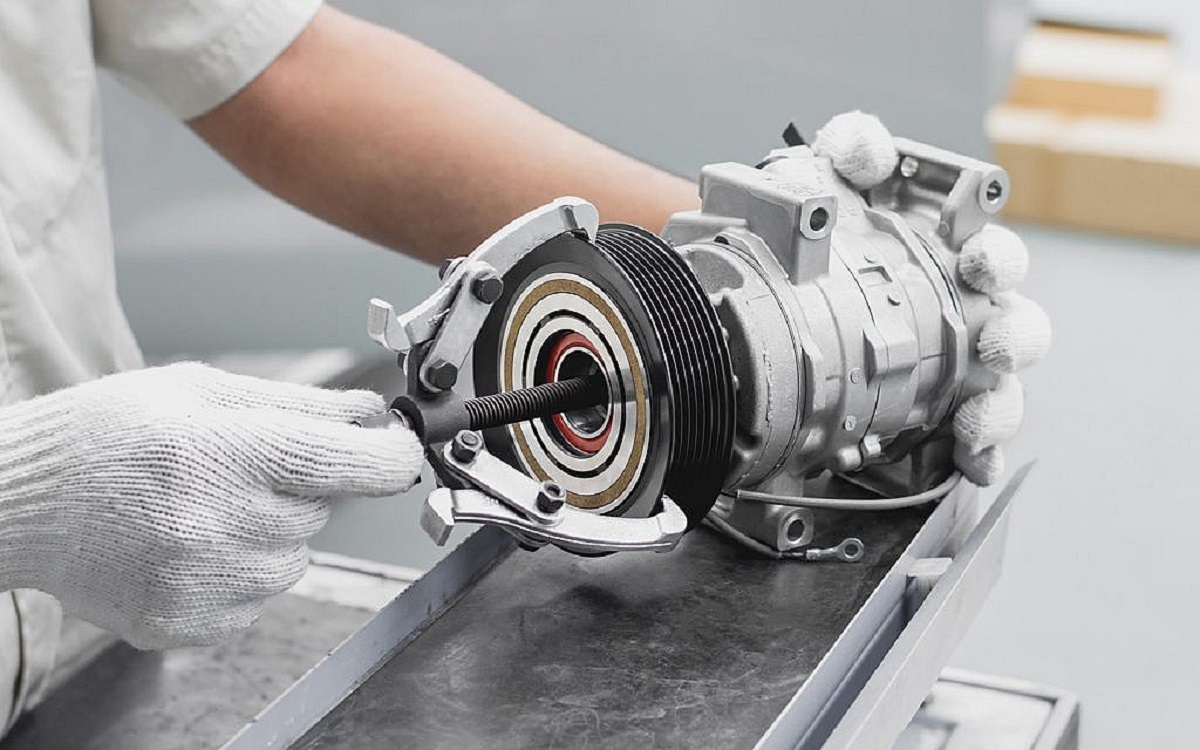
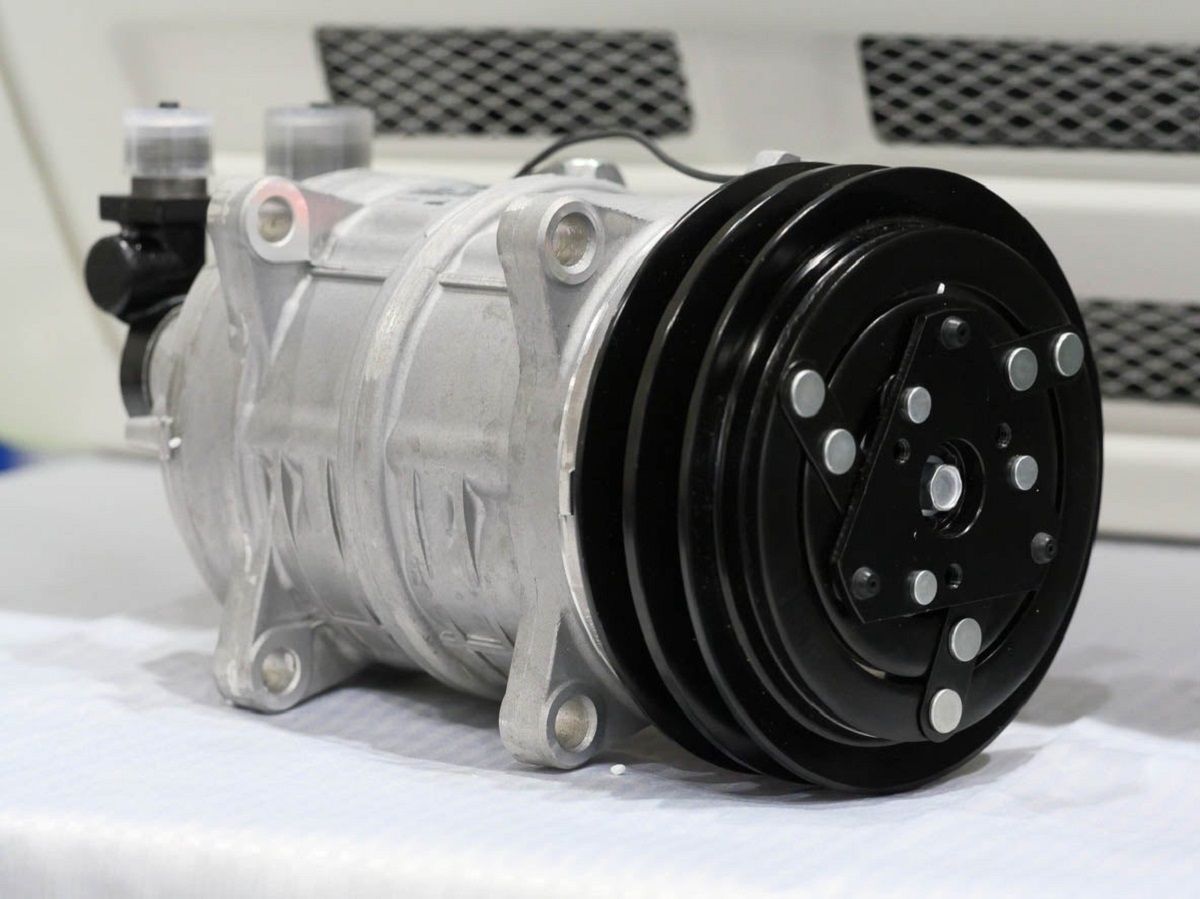
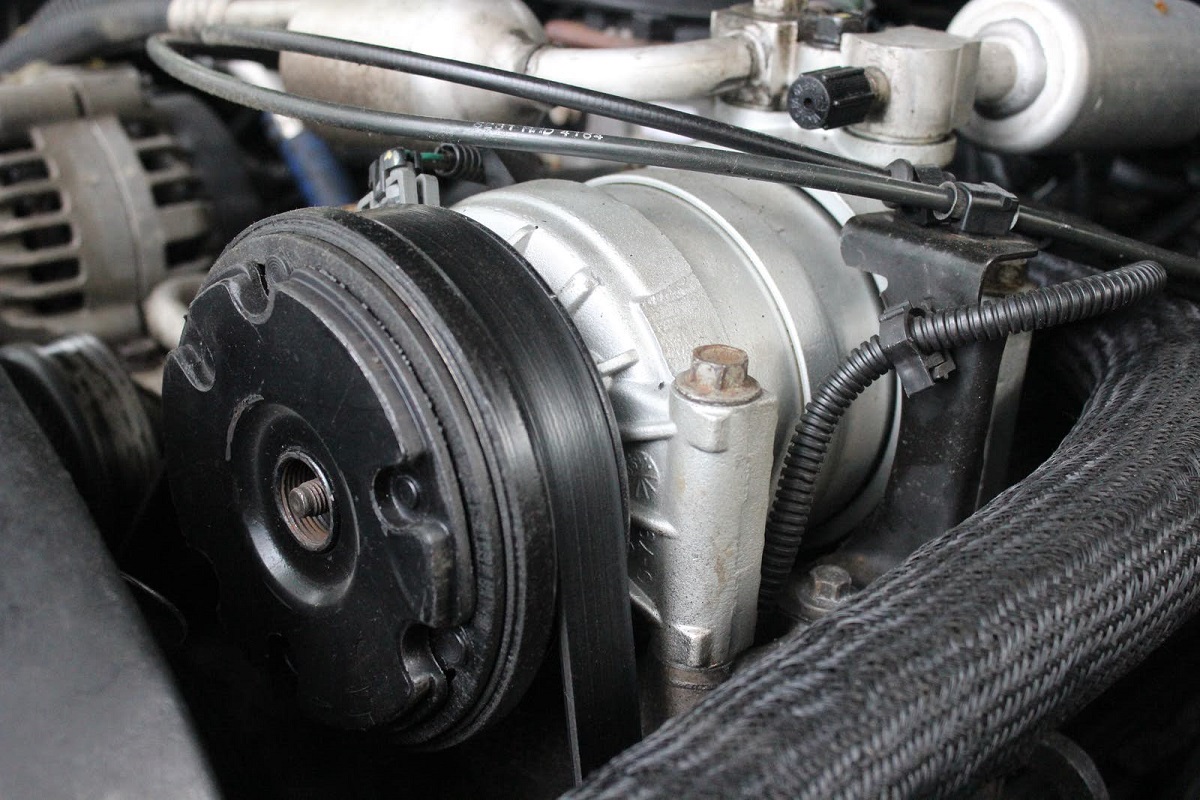
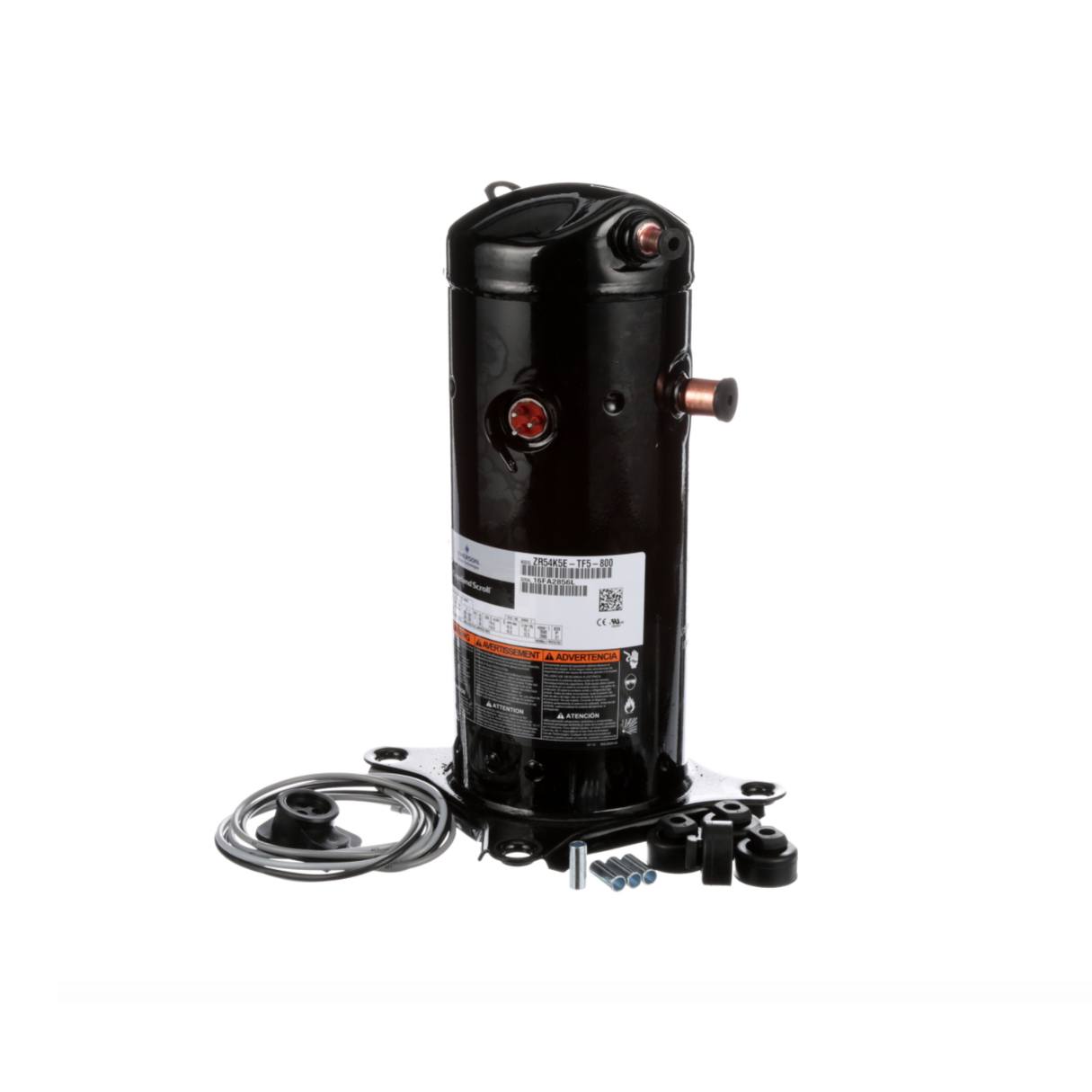
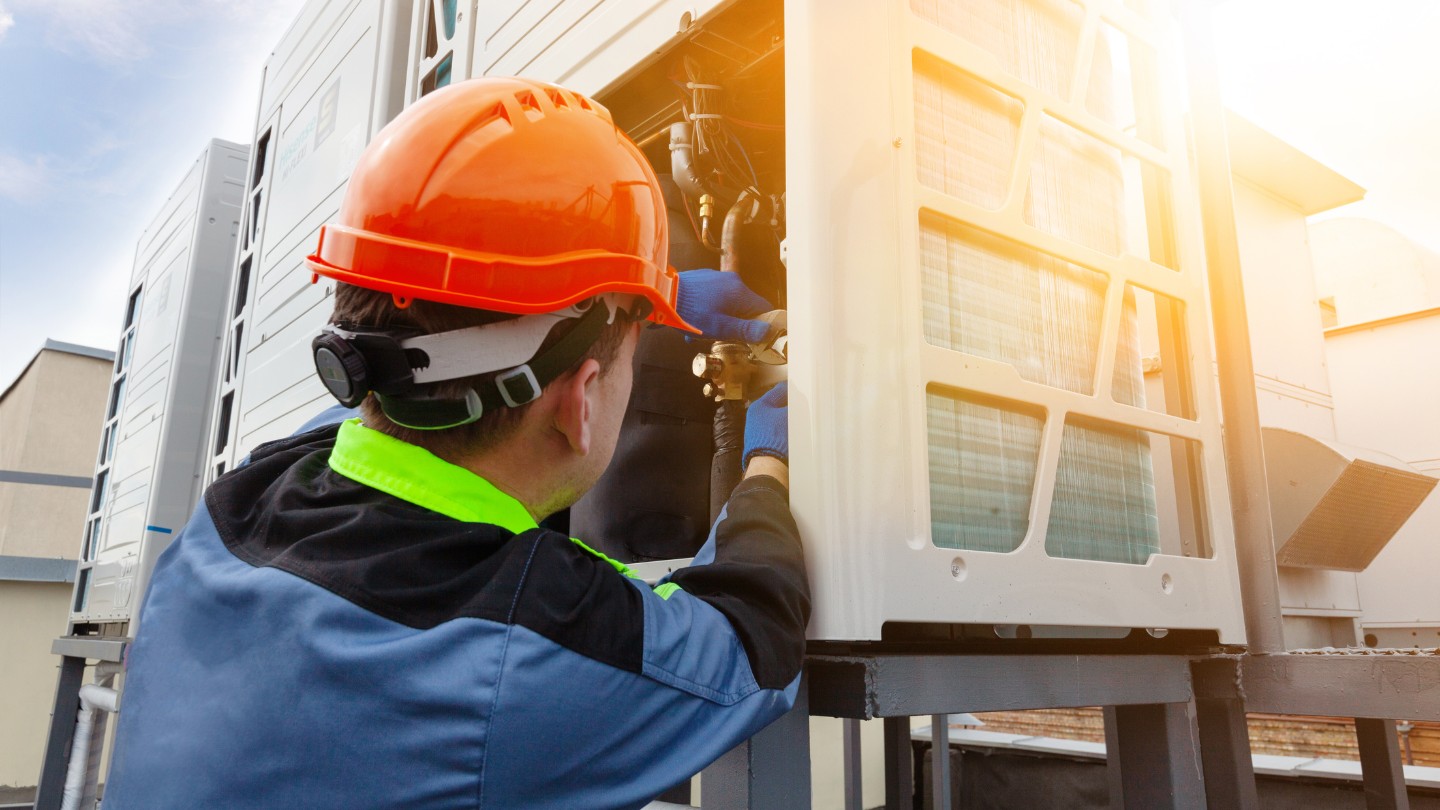

0 thoughts on “How To Bypass AC Compressor Pulley”